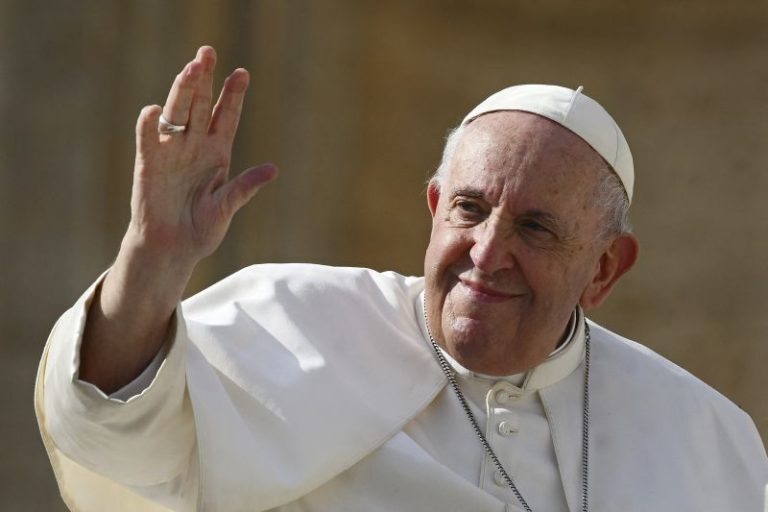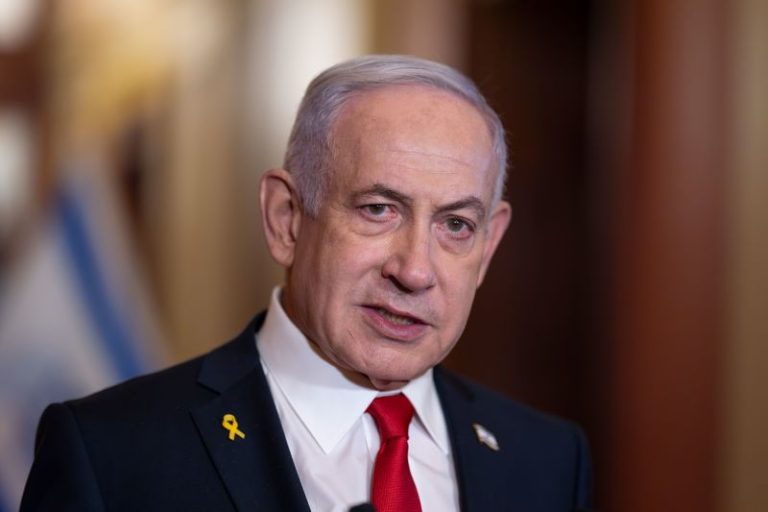Pope Francis, a voice for the poor who overcame fierce resistance to reshape the Catholic Church, has died at 88, the Vatican has announced.
The pope’s death was announced on Monday morning by Cardinal Kevin Farrell, the Vatican camerlengo.
“Dear brothers and sisters, with deep sorrow I must announce the death of our Holy Father Francis,” a statement from the camerlengo said.
“At 7:35 this morning the Bishop of Rome, Francis, returned to the house of the Father. His whole life was dedicated to the service of the Lord and His Church.”
Farrell continued, “He taught us to live the values of the Gospel with fidelity, courage and universal love, especially in favour of the poorest and most marginalized.”
“With immense gratitude for his example as a true disciple of the Lord Jesus, we commend the soul of Pope Francis to the infinite merciful love of the Triune God,” the statement concluded.
The announcement would have come as a shock to many, coming less than a day after the pope made a high-profile appearance in public.
While he did not appear as engaged as usual on Sunday, he still managed to address a huge crowd of worshippers.
Francis gave the traditional Easter blessing from the balcony of St. Peter’s Basilica in the Vatican, in what marked his highest-profile appearance yet since being discharged from hospital.
Just before that, he held a brief meeting with US Vice President JD Vance.
The pope’s tireless advocacy for migrants saw him sharply criticize US President Donald Trump’s immigration deportation policies in the months before his death.
Francis, whose pontificate was a counterweight to the rise of nationalist populism, often found himself under fire from powerful conservative Catholic forces in the US.
Death comes after long hospital stay
The death of Francis, who became the first Latin American pontiff in 2013 and was one of the oldest popes in the church’s history, came weeks after he was discharged from a Rome hospital having battled a life-threatening case of pneumonia in both lungs.
His medical team said his condition had stabilized, allowing for him to continue his convalescence at his Casa Santa Marta residence back at the Vatican.
Two weeks after leaving hospital, he delighted the faithful by making a surprise appearance at St. Peter’s Square.
He has made a number of appearances since then, including spending 30 minutes at a prison in Rome on Thursday and a visit to St. Peter’s Basilica on Saturday evening.
His death will open a debate about the future direction of the Catholic Church, with cardinals from across the globe expected to gather in Rome in the coming days to mourn the pontiff and then elect his successor.
An outsider figure and the first non-European pontiff in nearly 1,300 years, Francis championed the poor, migrants and the environment, but divisions over same-sex relationships and how to tackle abuse scandals within the church persisted throughout his pontificate.
The pope’s tireless advocacy for migrants saw him sharply criticize US President Donald Trump’s immigration deportation policies in the months before his death. Francis, whose pontificate was a counterweight to the rise of nationalist populism, often found himself under fire from powerful conservative Catholic forces in the US.
First Latin American and Jesuit to be elected
Francis, born Jorge Mario Bergoglio to Italian migrants in Buenos Aires in 1936, was the first Latin American and member of the Jesuit order to be elected pope in the church’s 2,000-year history. He was also the first pope to call himself Francis.
The Argentinian pontiff quickly gained a reputation as a modernizer, with an outward-facing approach which saw him speak out boldly on humanitarian crises, such as migration, war and climate change.
He sought to reform the church by tackling elitist mentalities among the clergy, demanding a compassionate approach to divorced and gay Catholics and insisting that the church welcome everyone.
He took a series of measures to clean up financial corruption in the Vatican, and to tackle the scourge of clerical sexual abuse, including laws to hold bishops accountable for coverups. Francis also sought an enlarged role for women working in the Vatican and authorized priests to offer blessings to same-sex couples.
He built bridges with the Muslim world, while seeking to play the role of peacemaker in the face of global conflicts, particularly in Ukraine and the Middle East.
His reforms saw him face unprecedented resistance from ultra-conservatives inside the church, although progressive Catholics felt he should have gone further in allowing the ordination of married men as priests, shifting official teaching on homosexuality and giving a greater space for women in ministry.
Despite taking a series of tough measures, Francis also failed to quell the scandal of child sexual abuse and other forms of abuse that have plagued the Catholic Church – a disgrace that he made his personal responsibility to end, but which continued to damage the institutional church in multiple countries throughout his papacy.
This is a developing story and will be updated.










